پاسارگاد
( Pasargadae )Pasargadae /pə'sɑrgədi/ (from Pāθra-gadā, lit. 'protective club' or 'strong club'; Modern Persian: پاسارگاد Pāsārgād) was the capital of the Achaemenid Empire under Cyrus the Great (559–530 BC). Today it is an archaeological site located just north of the town of Madar-e-Soleyman and about 90 kilometres (56 mi) to the northeast of the modern city of Shiraz. It is one of Iran's UNESCO World Heritage Sites. It is considered to be the location of the Tomb of Cyrus, a tomb previously attributed to Madar-e-Soleyman, the "Mother of Solomon". Currently it is a national tourist site administered by the Iranian culture of world heritage.
...Read morePasargadae /pə'sɑrgədi/ (from Pāθra-gadā, lit. 'protective club' or 'strong club'; Modern Persian: پاسارگاد Pāsārgād) was the capital of the Achaemenid Empire under Cyrus the Great (559–530 BC). Today it is an archaeological site located just north of the town of Madar-e-Soleyman and about 90 kilometres (56 mi) to the northeast of the modern city of Shiraz. It is one of Iran's UNESCO World Heritage Sites. It is considered to be the location of the Tomb of Cyrus, a tomb previously attributed to Madar-e-Soleyman, the "Mother of Solomon". Currently it is a national tourist site administered by the Iranian culture of world heritage.
 View of Pasargad from Toll-e Takht hill. The closest building to the tomb attributed to Cambyses II and the farthest building that can be seen in the center of the upper part of the image is the Tomb of Cyrus the Great. Between these two buildings, the ruins of Achaemenid palaces can be seen.
View of Pasargad from Toll-e Takht hill. The closest building to the tomb attributed to Cambyses II and the farthest building that can be seen in the center of the upper part of the image is the Tomb of Cyrus the Great. Between these two buildings, the ruins of Achaemenid palaces can be seen.Pasargadae was founded in the 6th century BCE as the first capital of the Achaemenid Empire by Cyrus the Great, near the site of his victory over the Median king Astyages in 550 BCE. The city remained the Achaemenid capital until Darius moved it to Persepolis.[1]
The archaeological site covers 1.6 square kilometres (0.62 sq mi) and includes a structure commonly believed to be the mausoleum of Cyrus, the fortress of Toll-e Takht sitting on top of a nearby hill, and the remains of two royal palaces and gardens. Pasargadae Persian Gardens provide the earliest known example of the Persian chahar bagh, or fourfold garden design (see Persian Gardens).
The remains of the tomb of Cyrus' son and successor Cambyses II have been found in Pasargadae, near the fortress of Toll-e Takht, and identified in 2006.[2]
The Gate R, located at the eastern edge of the palace area, is the oldest known freestanding propylaeum. It may have been the architectural predecessor of the Gate of All Nations at Persepolis.[3]
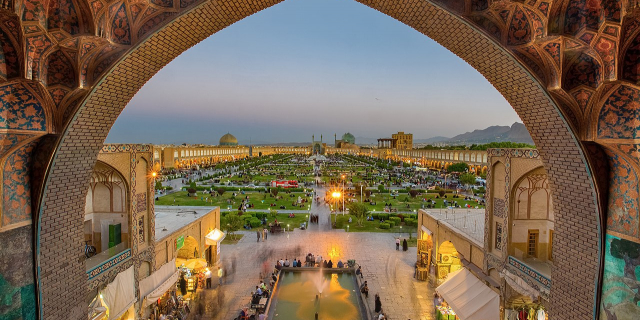




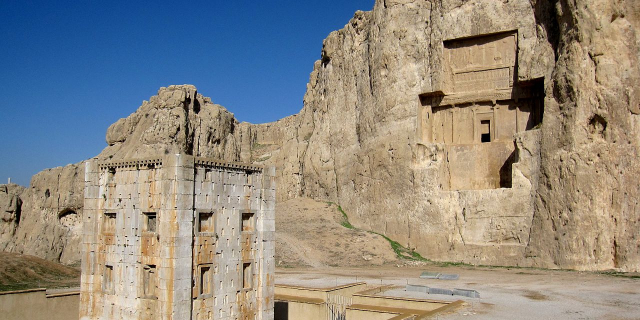
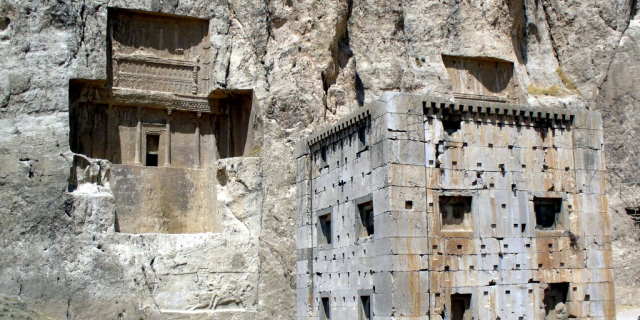
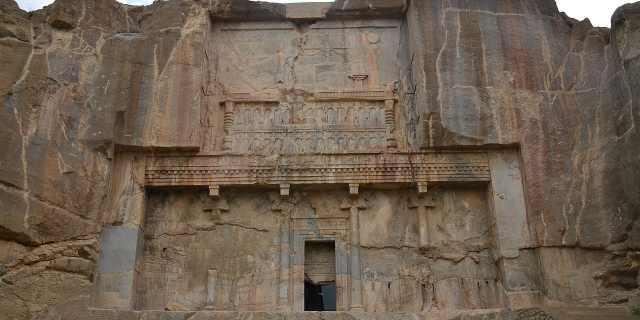

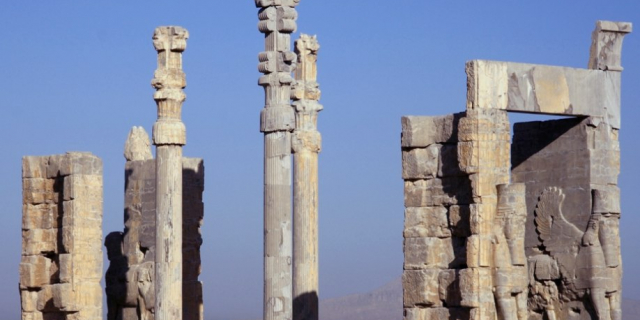
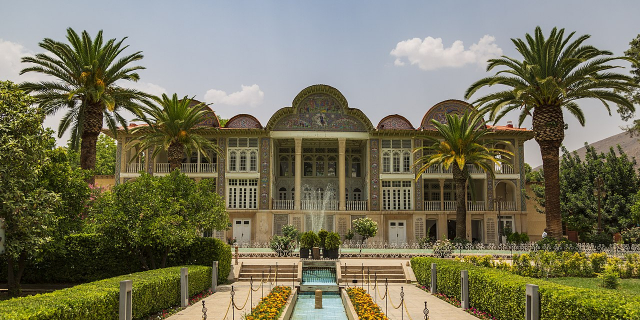



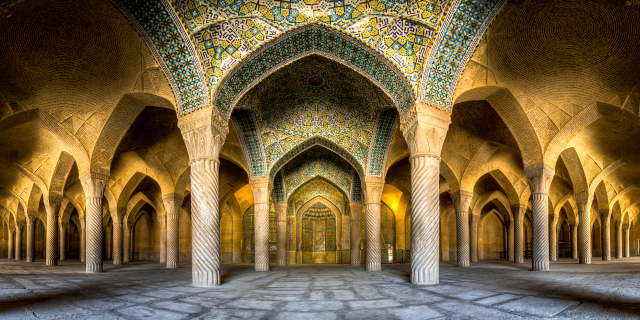



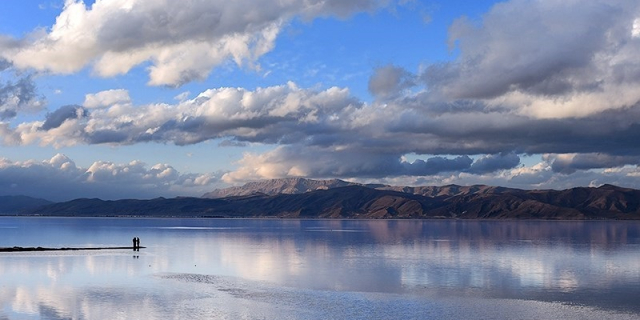

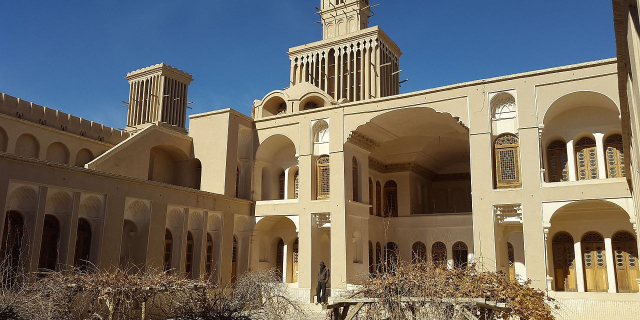



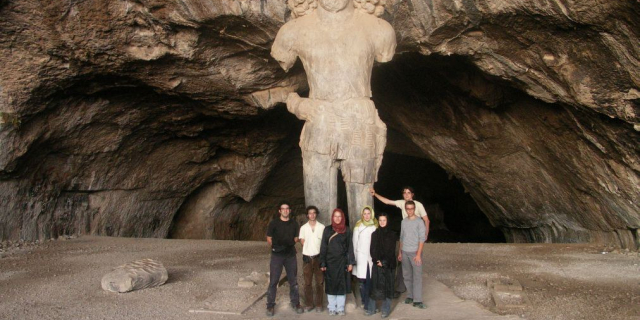




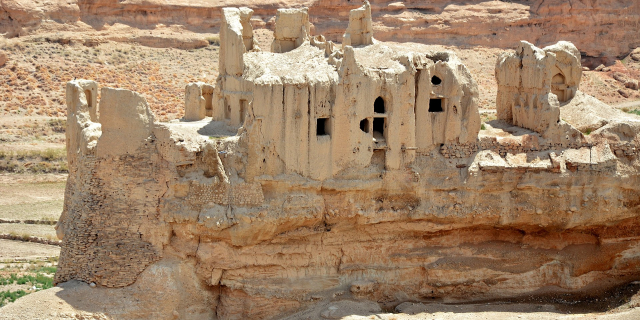
Add new comment